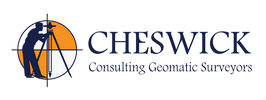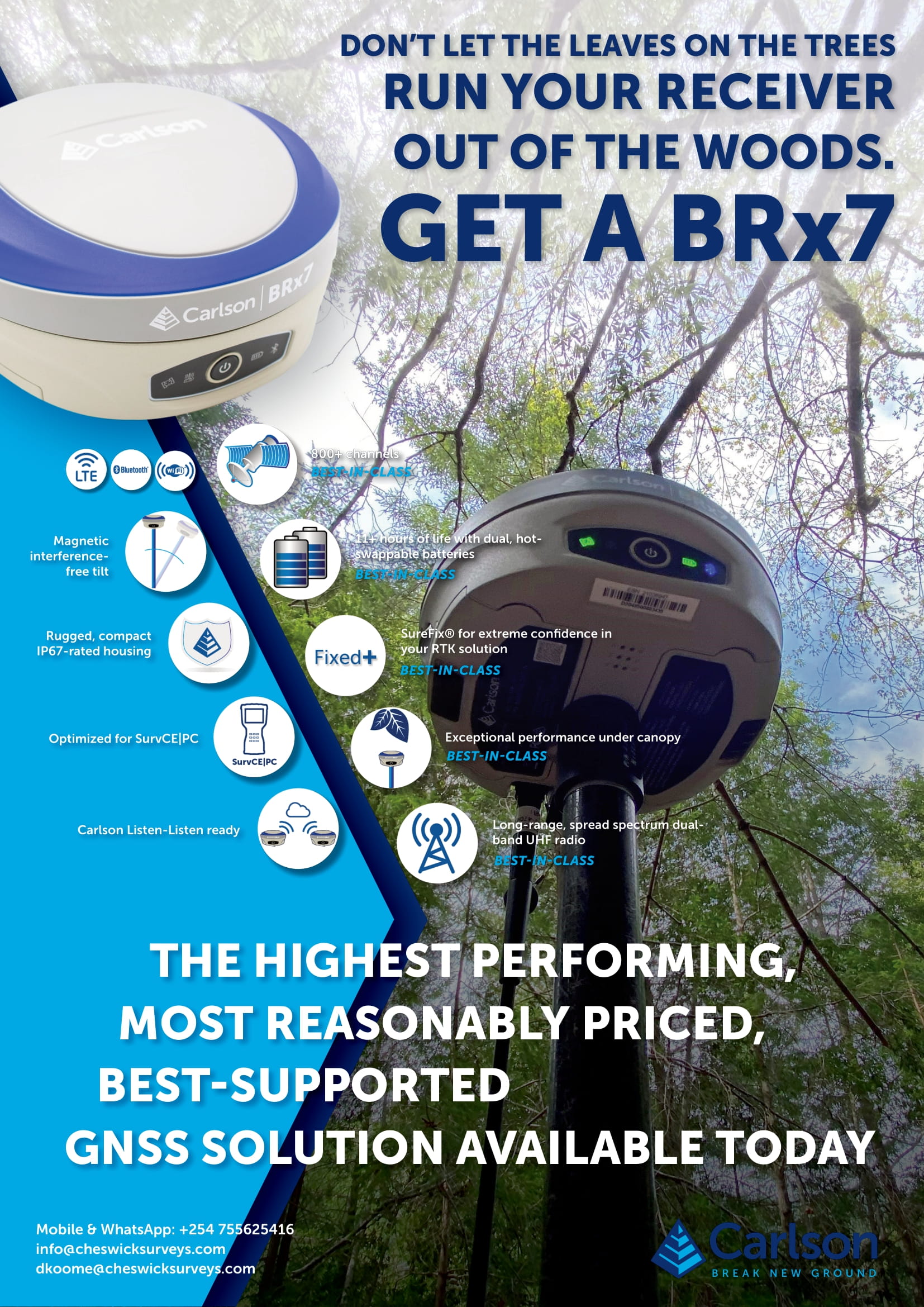Two weeks ago, President Uhuru Kenyatta launched a project that will see a section of Mombasa Road elevated to double-decker status. This project is said to be a tolled Expressway that will enable traffic from the Jomo Kenyatta International Airport (JKIA) flow to Westlands in record time, while at the same time giving Mombasa Road a new lease of life from the perennial choking traffic jams.
The Expressway will begin its journey in Mlolongo Township and rest its laurels at the James Gichuru round-a-about. The total distance of the entire stretch is going to be 27 kilometers to be built at a cost of $650 million. The Kenyan government entered into a Public-private partnership (PPP) with China Roads and Bridges Corporation (CRBC) that will see the former foot 3o percent of the bill while CRBC will take care of the rest. It’s, however, a 30-year concessional loan that will see CRBC recover its money by tolling users of the road.
If you have used Mombasa Road for the last three weeks, you might have noticed that CRBC Surveyors began picking data. However, they have received some stick from motorists for causing traffic jams by blocking lane sections as they pick data. If you’re an Engineer, you also might have noticed that they are not using conventional methods to pick data.
A project like this would first need a topographical survey to be done. In Kenya, a great majority of topographical surveys are done using Real-Time Kinematic (RTK) GPS and Total Stations. This method would involve ground teams roving around and across the highway while picking the data. If this method was deployed in the JKIA project it would be at great risk to the survey teams and would cause even greater traffic congestion.
The CRBC Surveyors are using a combination of Static GPS, 3D laser scanning and Total Stations. Below is a picture of the 3D laser scanner they have deployed. 3D Laser scanning is a surveying method that involves picking point clouds with every point of the point cloud being a coordinate. This method has an accuracy of about 5 millimeters which is pretty decent for engineering work.
3D laser scanning picks so much data hence creating a redundancy that completely eliminates the possibility of return visits to the site. The downside with laser scanners is that they are line-of-sight instruments which means that an area of interest that was blocked by an obstacle in an earlier scan will need to be captured from a different angle in a later scan.
The entry of 3D laser scanning into the Kenyan scene is a wake-up call to all local Surveyors and Engineers to up their game and bring their skills to scratch. Only one survey company in Kenya located in the vicinity of Wilson Airport is said to offer 3D laser scanning. We need to seize this opportunity before we start seeing Expatriates being flown in to do jobs that are within reach of local expertise.
We also need to accept that certain jobs can only be done using certain tools. If for instance there is a need to expand the runways of JKIA or perhaps carry out repairs for cracks and potholes, we cannot instruct the Airport to be shut down so that we can do topographical surveys or pothole filling. We have to adapt to technologies that allow us to work without significant inconvenience to other stakeholders.
That is why as we think of adopting 3D laser scanning as part of our tools, we should also be thinking of Machine Control. Machine control is the use of positioning tools and a display to provide construction machinery operators with a reference between the position of the bucket or blade and the target grade. This ensures that road construction teams work faster avoiding costly traffic jams.





